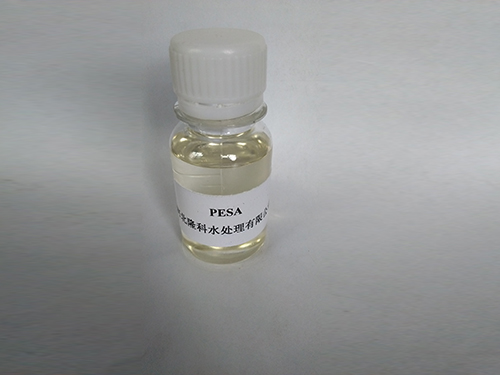Exploring the Applications and Benefits of PAC Poly Aluminum Chloride in Water Treatment Solutions
Understanding PAC Poly Aluminum Chloride
Poly Aluminum Chloride (PAC) is a widely utilized coagulant in water treatment processes. As an inorganic polymer, PAC plays a significant role in the purification of drinking water, wastewater treatment, and industrial processes due to its effective coagulation properties. This article will explore the definition, properties, applications, and environmental impacts of PAC.
What is Poly Aluminum Chloride?
PAC is a compound formed by the polymerization of aluminum chloride and aluminum hydroxide. This combination results in a product that possesses a higher molecular weight and enhanced coagulation properties compared to traditional aluminum sulfate. Being a white to yellowish powder, PAC is highly soluble in water, creating a solution that is effective in removing suspended solids, colloids, and turbidity from various types of water sources.
Properties of PAC
One of the most important properties of PAC is its ability to form stable flocs, which are aggregates of particles that can be easily removed from water. The efficiency of PAC in coagulation is attributed to its varied charge density and large particle size, which facilitate the neutralization of negatively charged particles in water. Additionally, PAC has a low dosage requirement compared to other coagulants, making it economically favorable.
The effectiveness of PAC can be influenced by factors such as pH, temperature, and water quality characteristics. Optimal pH levels typically range between 6.5 and 8.5 for PAC to function efficiently. Its operational flexibility allows it to be used in different types of water across varying conditions, making PAC a versatile coagulant.
Applications of PAC
pac poly aluminum chloride

PAC is primarily used in municipal and industrial water treatment. In drinking water purification, PAC aids in clarifying water by removing particulates and reducing turbidity. Its effectiveness has made it a popular choice for water treatment facilities worldwide, especially in areas facing challenges with raw water quality.
In wastewater treatment, PAC is frequently used to treat effluents from industries such as textiles, paper, and food processing. It helps in the removal of pollutants, ensuring that the discharged water meets environmental regulations before entering natural bodies of water. Moreover, PAC is also utilized in the treatment of sludge, enhancing the dewatering process and minimizing the volume of waste that requires disposal.
Beyond water treatment, PAC finds applications in the pharmaceutical and cosmetic industries, playing a vital role as an ingredient in various formulations.
Environmental Impact and Safety
While PAC is effective in water treatment, its environmental impact must be considered. The use of PAC produces aluminum residuals, which can be harmful if not managed properly. However, when used responsibly and within recommended dosages, PAC is generally considered safe for human health. Regulatory bodies often monitor PAC usage to ensure compliance with safety standards.
Furthermore, advancements in PAC production and formulation are ongoing, with initiatives aimed at enhancing its biodegradability and minimizing residual impacts on the environment. By investing in research and development, the water treatment industry continues to optimize the use of PAC in a sustainable manner.
Conclusion
Poly Aluminum Chloride is a critical component in the water treatment sector, known for its exceptional coagulation properties and versatility. As water scarcity and pollution concerns grow globally, the demand for effective and eco-friendly treatment solutions like PAC will likely increase. Continued innovation and commitment to safe practices will ensure that PAC remains a valuable tool in the quest for clean water, benefiting both public health and the environment. As we look to the future, understanding and utilizing PAC responsibly will be key in achieving sustainable water management practices.
-
lk-319-special-scale-and-corrosion-inhibitor-for-steel-plants-advanced-solutions-for-industrial-water-systemsNewsAug.22,2025
-
flocculant-water-treatment-essential-chemical-solutions-for-purification-processesNewsAug.22,2025
-
isothiazolinones-versatile-microbial-control-agents-for-industrial-and-consumer-applicationsNewsAug.22,2025
-
scale-inhibitor-key-solutions-for-water-system-scale-preventionNewsAug.22,2025
-
organophosphonates-versatile-scale-inhibitors-for-industrial-water-systemsNewsAug.22,2025
-
scale-and-corrosion-inhibitor-essential-chemical-solutions-for-water-system-maintenanceNewsAug.22,2025





